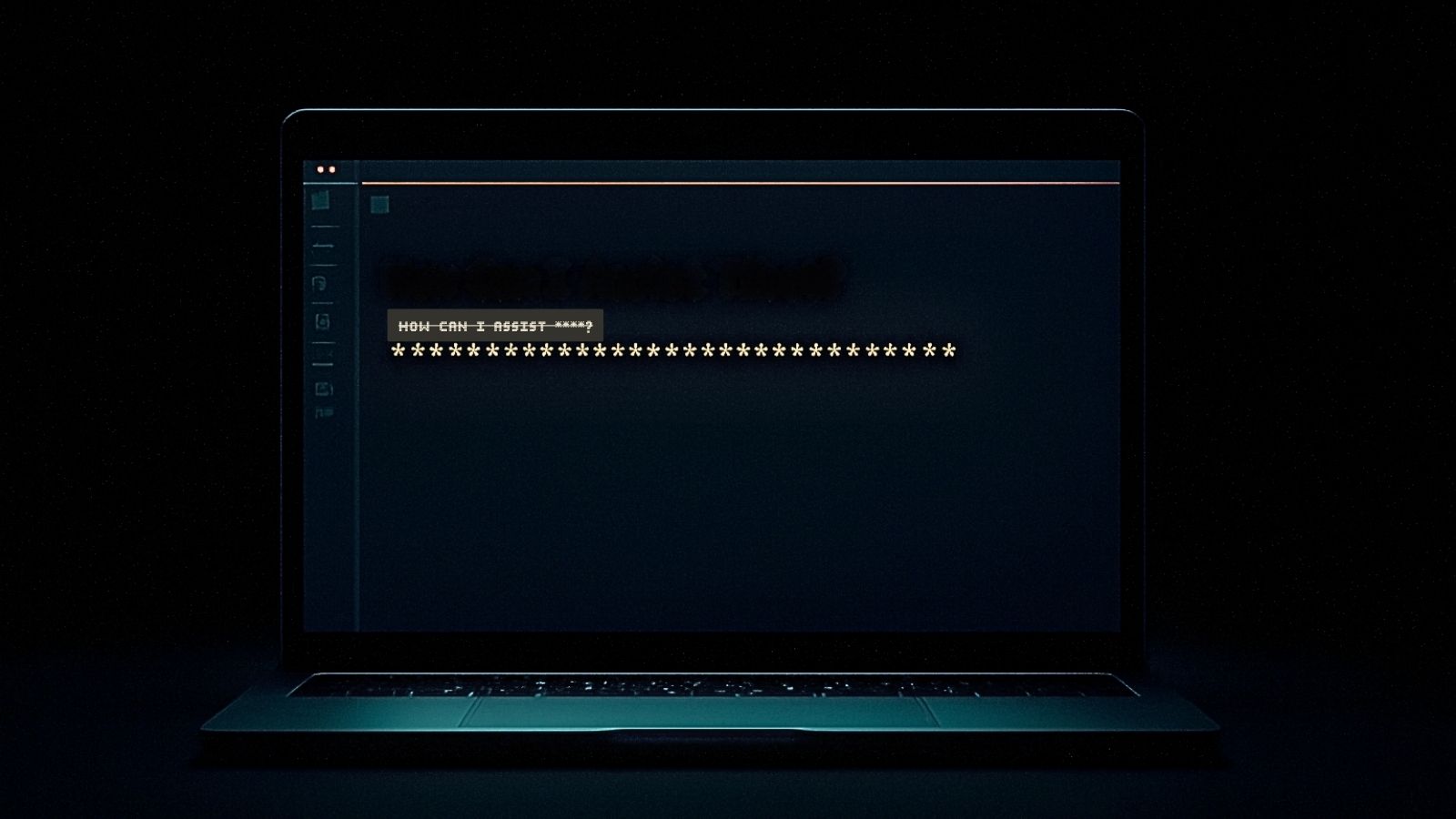
When you purchase through links on our site, we may earn an affiliate commission. Here’s how it works.
Good American Family Ending Explained: Natalia Grace’s age Ruling, Missed Justice, & Public Redemption
Good American Family finale closes with heartbreak, outrage, and a bittersweet sense of justice, bringing Natalia Grace's haunting story to its emotional peak. Inspired by the real-life case that gripped the nation, the dramatized series portrays the final trial between Natalia and the Barnetts — her adoptive parents — with sharp criticism of a legal system that prioritized technicalities over truth.
The Judge’s Ruling on Natalia’s age
In the final courtroom showdown, the single most critical piece of evidence — Natalia’s actual age — is barred from the trial. Because of a 2017 custody ruling that legally re-aged her as an adult, the judge ruled that no witness can refer to Natalia as a child. As a result, even though evidence and testimony support her being born in 2003, not 1989, the court treats her as a 22-year-old woman who was never abused — effectively collapsing the prosecution’s case.
Detective Drysdale, a key character in the series, bluntly calls the verdict a “miscarriage of justice.” Witnesses who knew Natalia as a child are struck from the record. Abuse allegations, including past instances of neglect and abandonment, are rendered inadmissible. The court’s refusal to reconsider her age becomes the fatal blow to her fight.
Why Crucial Facebook Messages Couldn’t be Used
The stakes are raised when Natalia finds damning Facebook messages between Michael and Kristine Barnett that suggest emotional and physical abuse. But because the court continues to recognize Natalia as an adult, the messages fall under spousal privilege and cannot be used as evidence. If her initial age had been legally accepted, these messages would’ve been a turning point in proving her case.
A Confrontation Rooted in Reality
In a powerful final scene, Natalia confronts Michael Barnett after his acquittal. While the exchange is dramatized, it’s based on real events: in 2024, Michael issued a public apology to Natalia, acknowledging her suffering. Kristine, however, remained silent and was absent from any real-life reconciliation.
Their son, Jacob, offers perhaps the show’s most emotional moment of closure. In tears, he admits to Natalia that she was never the monster they were told she was. It’s a small but meaningful redemption, hinting at the larger truth that the justice system failed to recognize.
How the show Leaves Natalia’s age Ambiguous
Throughout the series, Natalia’s age remains an open question. Conflicting documents suggest both 1989 and 2003 as her birth year. While the show leans subtly toward the 2003 timeline — with support from her birth mother and various doctors — it leaves viewers with the same uncertainty that plagued the real-life case. By doing so, Good American Family mirrors the chaos and ambiguity that surrounded Natalia's life from the start.
What Happened After the Trial?
After the events portrayed in the series, Natalia’s life continued to face challenges. She moved out of the home of Cynthia and Antwon Mans, her second set of adoptive parents, following allegations of abuse — which they denied. Title cards at the end of the series reveal that the Mans family is now under investigation.
Despite another personal setback, Natalia is shown pushing forward. She now lives with the DePaul family in New York, pursuing her GED and dreaming of becoming a teacher. In 2024, her legal age was finally corrected to 2003 — the show’s most triumphant revelation, even if it came too late to influence the trial.
The real Meaning Behind the Ending
At its core, Good American Family isn’t just about a single court case — it’s a blistering critique of how easily truth can be distorted by the people in power. The finale emphasizes that justice isn’t always found in the courtroom. The show challenges viewers to confront their own assumptions and recognize how media narratives, legal loopholes, and public fear can conspire to destroy someone’s life.
All the episodes of Good American Family are now streaming on Hulu.










